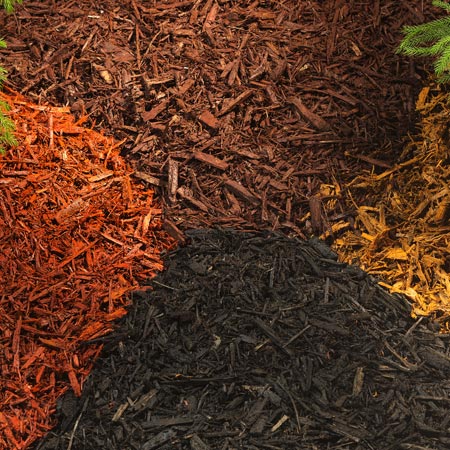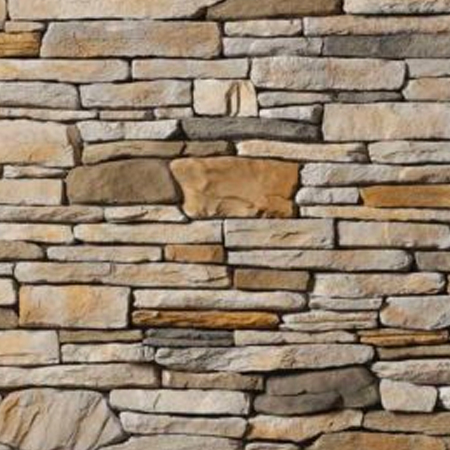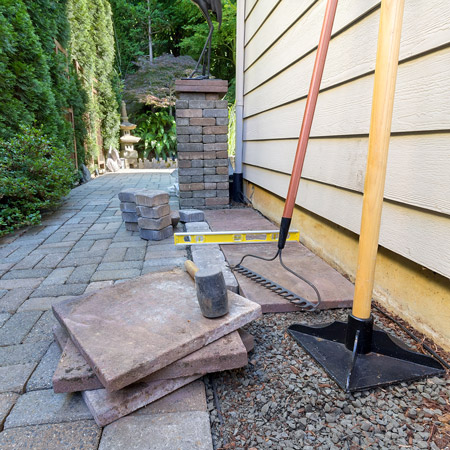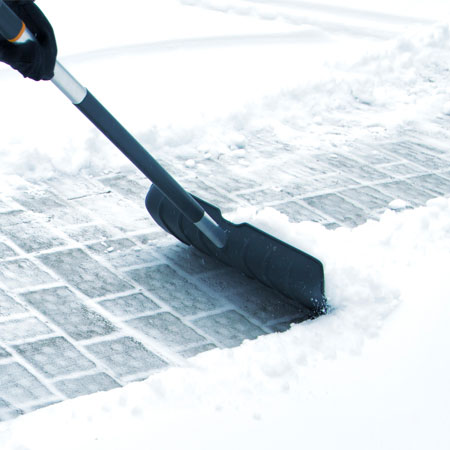
Do You Know Your Own Soil?
It is important to know everything that you can about your local soil if you want to have healthy, thriving plants. There are different types of soil throughout the New England region. Some areas are primarily clay, while others are quite sandy. Some areas have a lot of rocky terrain, while others have a combination of all these types of soil. The National Gardening Association has declared that the best medium to use for growing garden plants is loam. As a result, more and more gardeners are becoming interested in learning more about how and where to use loam in Foxborough and throughout Southeastern Massachusetts.
Before you can understand the quality of your own soil, it is important to pay attention to its makeup and texture. Massachusetts soil texture can vary, so you may need to get a professional opinion if you have difficulty identifying what you actually have. Each of the primary components in soil – clay, silt and sand – have a different effect on the way that the soil behaves with water, nutrients and drainage properties. For example, clay holds onto nutrients and water very well, while sand does not. Understanding what type of Massachusetts soil texture you have will help you to know what you can do to correct any unbalance for better, higher quality results.
Learning More About Loamy Soil
When the word “loam” is used, it is used to describe a certain combination of the three primary soil particles. What is loamy soil? A simple loam would have a perfect balance of the properties of each particle, however that does not mean that it is composed of equal parts of each particle. The perfect balance that would make a simple loam would contain 7-27 percent clay, 28-50 percent silt and less than 52 percent of the balance would be sand. So what we want is a balanced loam soil, with a higher percentage of sand particles than other particles, not exceeding 52 percent in total.
So overall, once we understand what is loamy soil and what its effect is on Massachusetts soil texture, we can conclude that a simple loam would be able to retain nutrients and water, while still allowing for effective drainage. There are different types of loam, with each being named for the dominant particles and the characteristics that each type of particle displays. For example, a sandy loam soil would allow for more drainage, very similar to plain sand, while still retaining some water and nutrients from the other particles. A clay loam soil would perform more like clay, while still allowing for some drainage, due to the sand particles. Knowing where to use loam in Foxborough, as well as what type would be best is the next part of the process.
Situations Where Commercial Loam Would Be Beneficial
After you find out what type of Massachusetts soil texture you have, you will be able to understand not only what type of loam would be beneficial, but also where and when to use it. When you know what is loamy soil, how it can be balanced with the proper additives of particles or how to replace and mix in a more balanced type of loam for better texture and properties, then you’ll know best where to use loam in Foxborough or anywhere else that you are trying to get a garden or other landscaping to grow.
- SANDY LOAM SOIL – One example of this would be a soil that has a mixed texture that is more like a sandy loam soil. One way to boost water retention would be to increase the amount of organic matter within the soil, perhaps incorporating more compost to increase water retention.
- CLAY LOAM SOIL – Another example would be adding commercial grade sandy loam soil to a garden that behaves more like clay and retains a lot of water would help to increase drainage and prevent flooding and erosion. However, having a balance of both properties is best.
Where to Get Loam in Foxborough, Massachusetts
If you have sandy loam soil or clay loam soil and need to get a more balanced mixture, contact J&J Materials. We sell loam by the yard that has been screened to half an inch and is mixed with compost for a better balance of organic content. The loam that we use has been evacuated from the earth and is stockpiled. Our team regularly screens the loam with the use of a processing screener that will sift the loam to a set size. This process delivers a high quality loam that is free from roots, sticks, rocks, organic material and other debris. Call J&J Materials to find out more about all of our products or to learn more about when and where to use loam in Foxborough.






